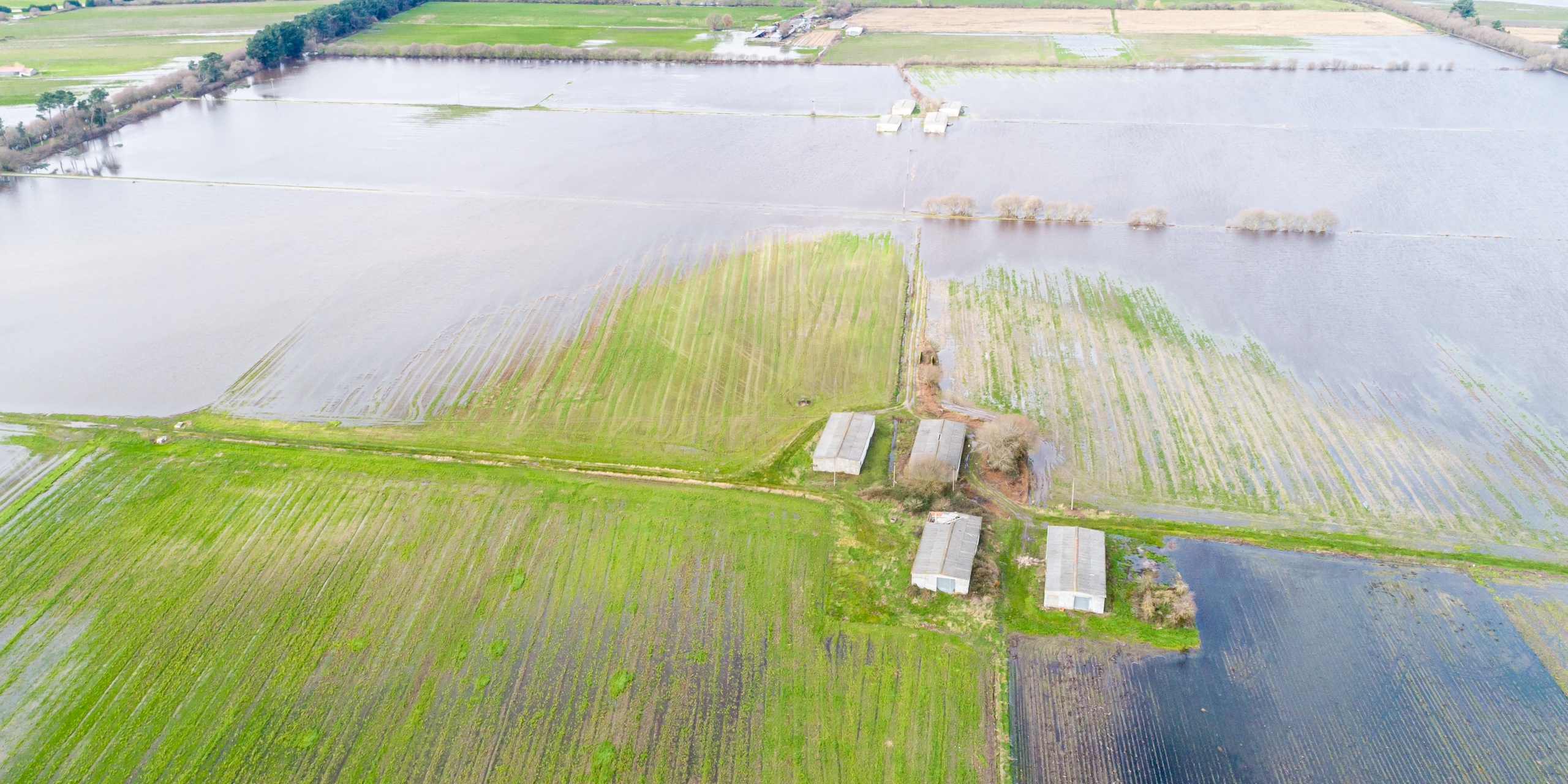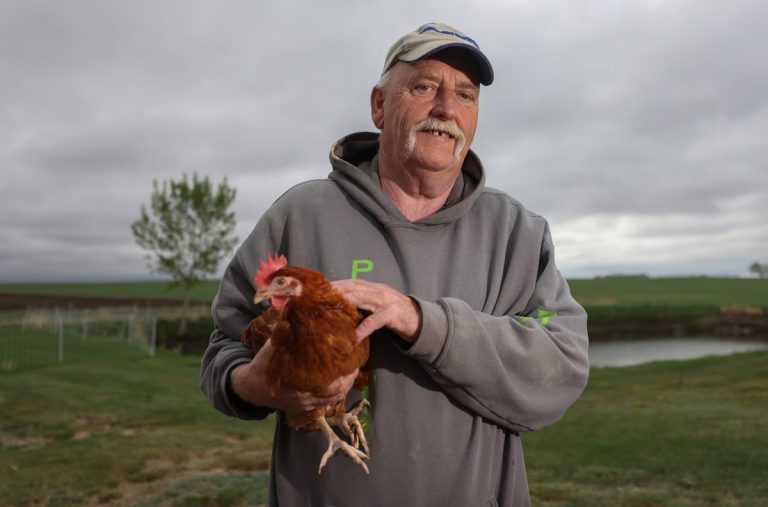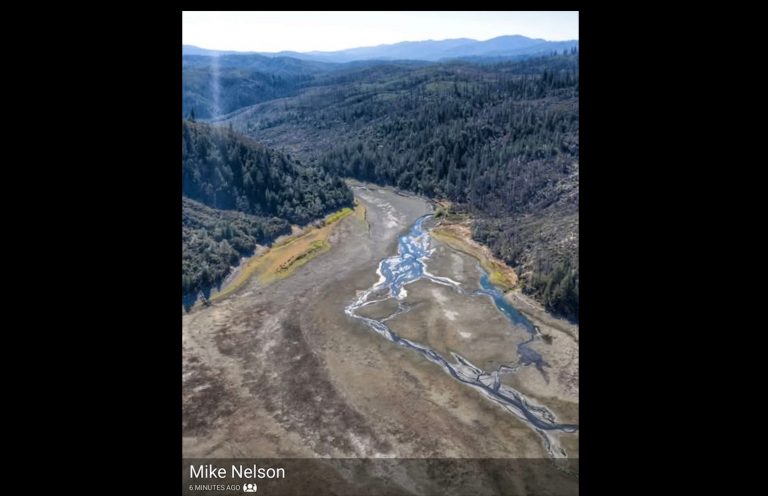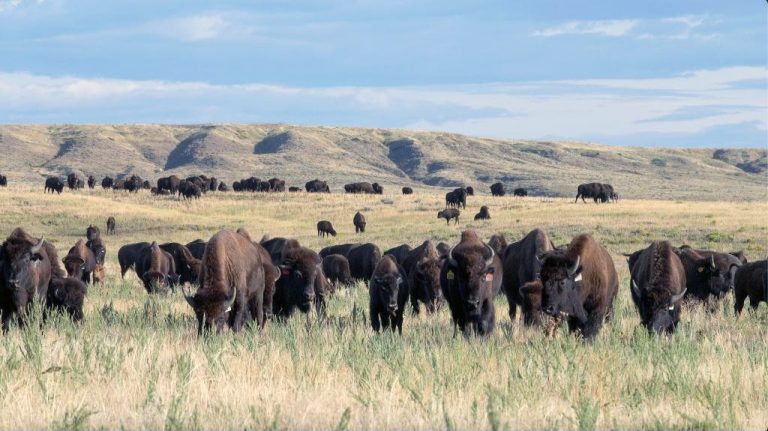Yanasa TV News
Relentless rains swamp Southern farms, threatening local livelihoods while national food supply stays steady.
After weeks of unrelenting downpours swamped Southern fields, American farmers are left to assess the damage, brace for lost crops, and hope for government intervention. Here’s what’s at stake for the national food supply—and why local families may struggle most.
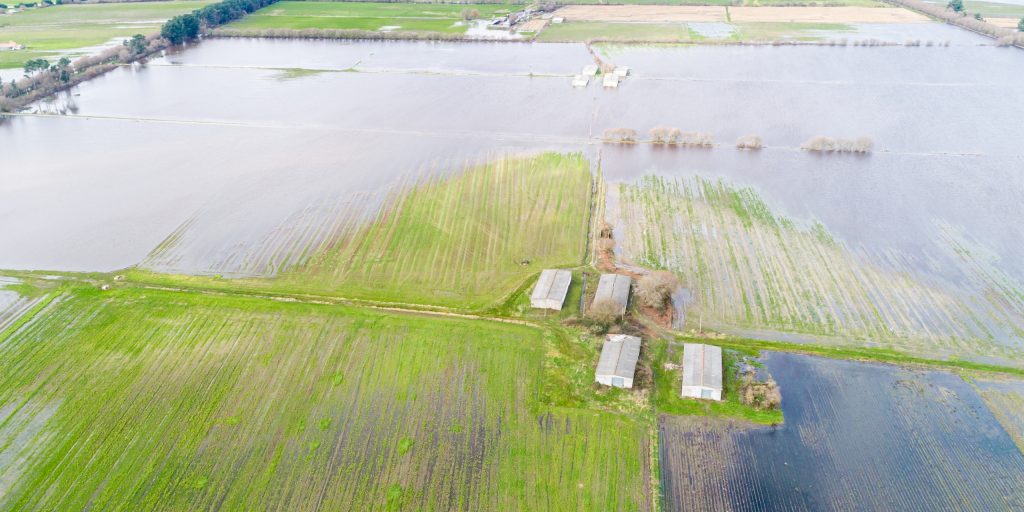
A Month of Relentless Rain
In May 2025, large swaths of the U.S. South—including Alabama, Mississippi, and pockets of the Midwest—experienced one of the wettest months in recorded history. Rainfall totals exceeded double or even triple seasonal averages, leaving fields saturated and rivers swollen. Crops already planted were left standing in water for days, while many fields became too wet for tractors or planters to operate at all.
Farmers in Alabama reported watching entire fields of corn, cotton, and soybeans rot before they could even attempt a harvest. “We’re used to a wet spring, but nothing like this,” said one farmer from central Alabama. “I’ve never seen this much water sit for this long.”
Impact on the National Food Supply: Local Disaster, National Resilience
While the images of submerged fields and spoiled crops are dramatic, the national food supply is expected to weather this storm—literally. Current USDA projections for major crops like corn, soybeans, wheat, and rice remain steady, and in some cases, are even up compared to last year’s totals.
Corn & Soybeans
- Corn: The USDA projects a near-record national harvest of 15.8 billion bushels, up 6% over last year. Although some pockets in the South and Midwest saw losses or delays, higher-than-expected acreage and better yields in other regions are expected to offset these deficits.
- Soybeans: National projections dipped slightly due to some planting delays, but ending stocks remain healthy and overall supply is not threatened.
Wheat & Rice
- Wheat: Crop condition ratings in early June are the best in several years, with only minor slowdowns from wet weather in key regions.
- Rice: U.S. rice production is forecast to be strong, with only marginal declines in flood-affected states, and ample ending stocks projected.
Bottom line: The national outlook remains solid. Regional disasters like these are painful for those directly affected but rarely threaten overall food availability or prices—unless adverse weather persists into the critical summer growing months.
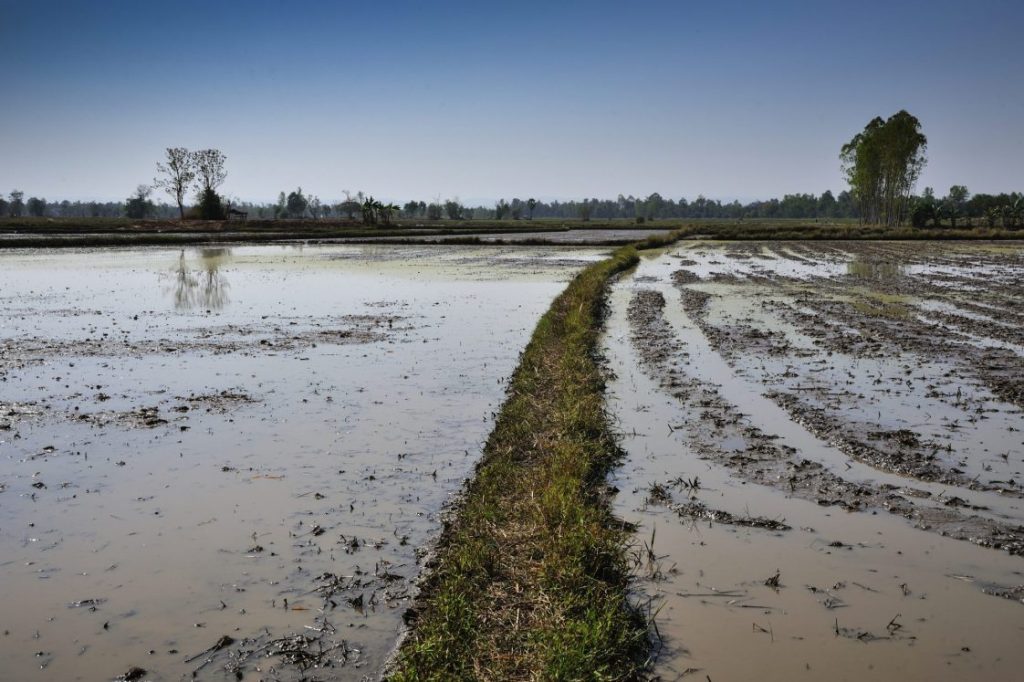
Devastating Losses and Tough Choices
For thousands of farmers in hard-hit counties, however, this spring’s weather represents an existential crisis. Those with low-lying fields or poorly drained soils have seen total crop losses. Many others missed crucial planting windows, with equipment mired in mud or fields still too wet to safely plant weeks past the normal schedule.
For farmers in places like western Alabama or parts of the Mississippi Delta, the losses are more than just numbers—they’re lost income, lost time, and in some cases, the difference between keeping or losing the family farm. Local ag suppliers and rural communities are bracing for economic fallout as fewer crops mean less money circulating in already struggling areas.
“Even if the rest of the country has a good crop, that doesn’t put food on our table,” said a farmer in Sumter County, Alabama, who expects to lose most of his soybean acreage this year.
Will There Be Disaster Relief?
The scale of the flooding and crop loss is likely to trigger both state and federal disaster declarations. Here’s what’s possible:
1. Federal Disaster Declarations
- USDA Secretarial Disaster Designation: States can request this designation when weather events cause significant crop losses. If approved, it unlocks low-interest emergency loans and other support programs for eligible farmers.
- FEMA Disaster Assistance: In extreme cases, FEMA can offer additional resources, though this is more common with physical damage (infrastructure, homes) than crops alone.
2. Crop Insurance & Emergency Loans
- Most commodity farmers carry crop insurance, which covers part of the loss—but rarely all, especially when planting isn’t possible.
- The USDA’s Farm Service Agency (FSA) offers emergency loans to help farmers cover operating costs, but these are loans—not grants.
3. State-Level Support
- Several Southern states have announced plans to survey damage and are preparing to formally request federal assistance as floodwaters recede.
Status as of late June: No formal federal disaster declarations have been made yet, but state agriculture commissioners from Alabama and Mississippi have indicated they expect to apply as soon as assessments are complete.
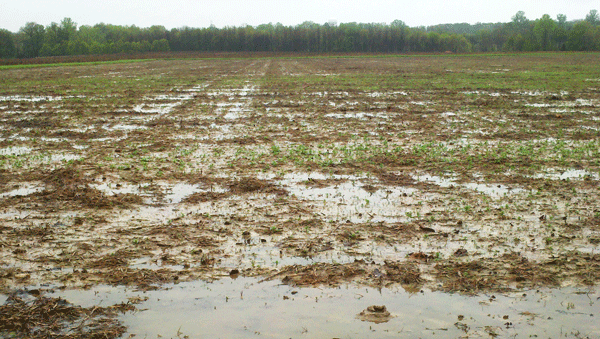
Recovery and Uncertainty
The immediate future for farmers in affected regions is uncertain. Many are replanting if fields dry out in time, but late-planted crops may face yield penalties or increased risk of further weather setbacks. For those unable to replant, the year is effectively lost, with insurance payments covering only a fraction of normal income.
In the months to come, all eyes will be on USDA updates and state disaster declarations, which will determine what assistance is available—and how much local economies will suffer. For now, the rest of the nation’s food supply remains stable, but in small towns and farm communities hit by the floodwaters, the pain is real and recovery will be slow.
Sources:

